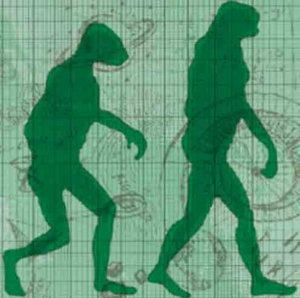This is a response to "In search of the G spot" by Raymond Tallis, from the January/February 2010 issue of New Humanist. Bruce Hood has also responded.
It is good to understand the current limits of neuroscience. It is also generally wise not to conclude too much from a single scientific study of any kind. The scepticism expressed in Raymond Tallis's recent article runs quite a bit deeper than this, however. Indeed, he seems to doubt whether our growing understanding of the human brain sheds any light at all on the human mind:
"What part of the brain, a material object, could one conceive of as housing the notion of something infinite, eternal, all-powerful, all-seeing, all-wise and yet systematically invisible? What kinds of nerve impulses are capable of transcending their finite, local, transient, condition in order to conceive something that is infinite, ubiquitous and eternal?"
This is either tremendously stupid, or Tallis has perpetrated a very clever, Sokal-style hoax on New Humanist. In fact, there are many other passages like this, and I recommend that readers of this magazine study Tallis's article closely with the view that he might be joking. Otherwise, just how does he think the mind and brain are related? Why not continue on in the same fashion, "Just what part of the brain, an object that contains no wood at all, could one conceive of as housing the notion of wood-working or, indeed, of its diverse products, including tables and chairs and woodwind instruments of extraordinary number and variety?"
Hoax or not, Tallis has misrepresented the conclusions that my co-authors and I drew from our study on the neural correlates of religious and nonreligious belief. For instance, we do not think our results confirm that the brain has a "God spot," or that religion has been selected for by evolution. On the contrary, our data lends some support to the idea that belief is belief is belief. After all, we found that the difference between belief and disbelief, in both religious and non-religious subjects, was essentially the same, regardless of what was thought about. Bizarrely, Tallis considers this finding of belief's content-independence to be a terrible defect: "since they are unable to show a profound difference between religious beliefs and non-religious beliefs, they tell us nothing about the former." Unless, of course, no "profound difference" exists.

